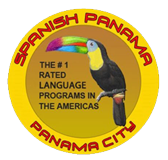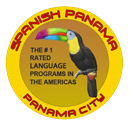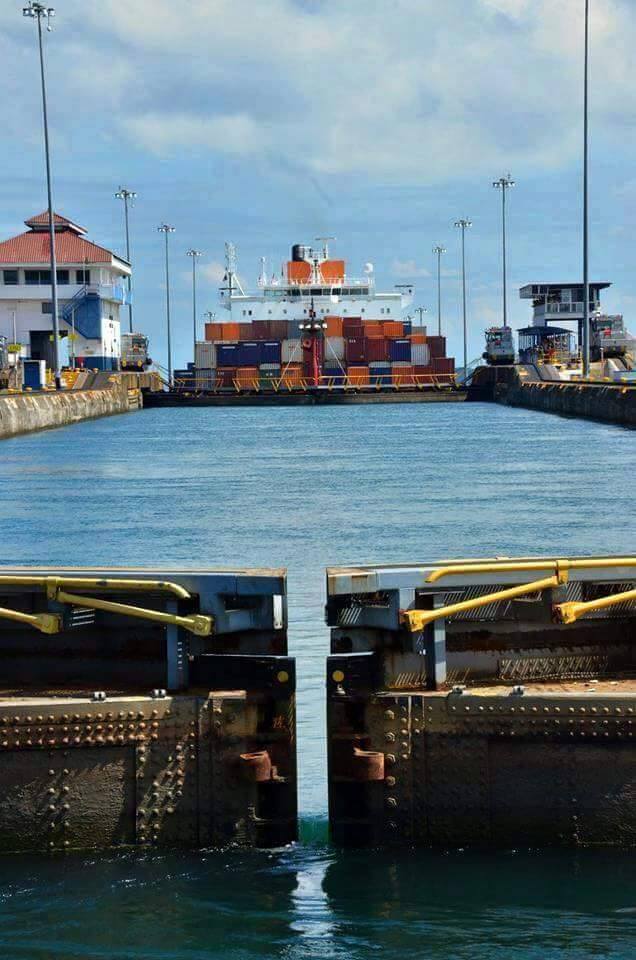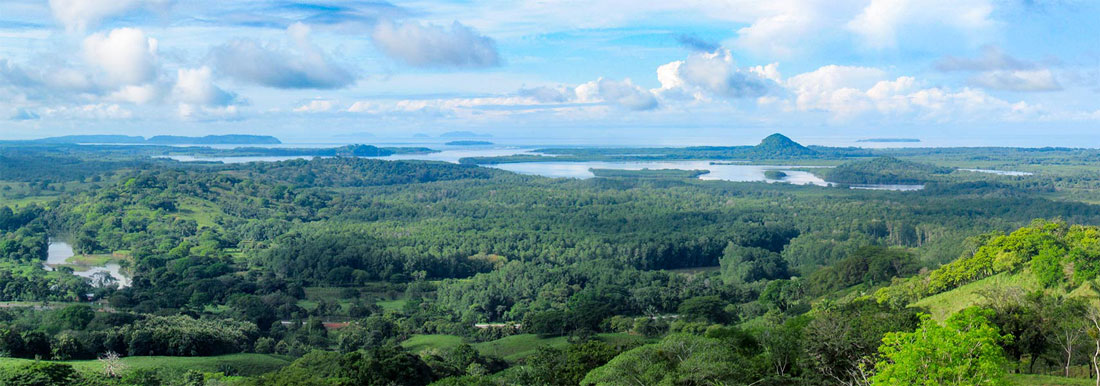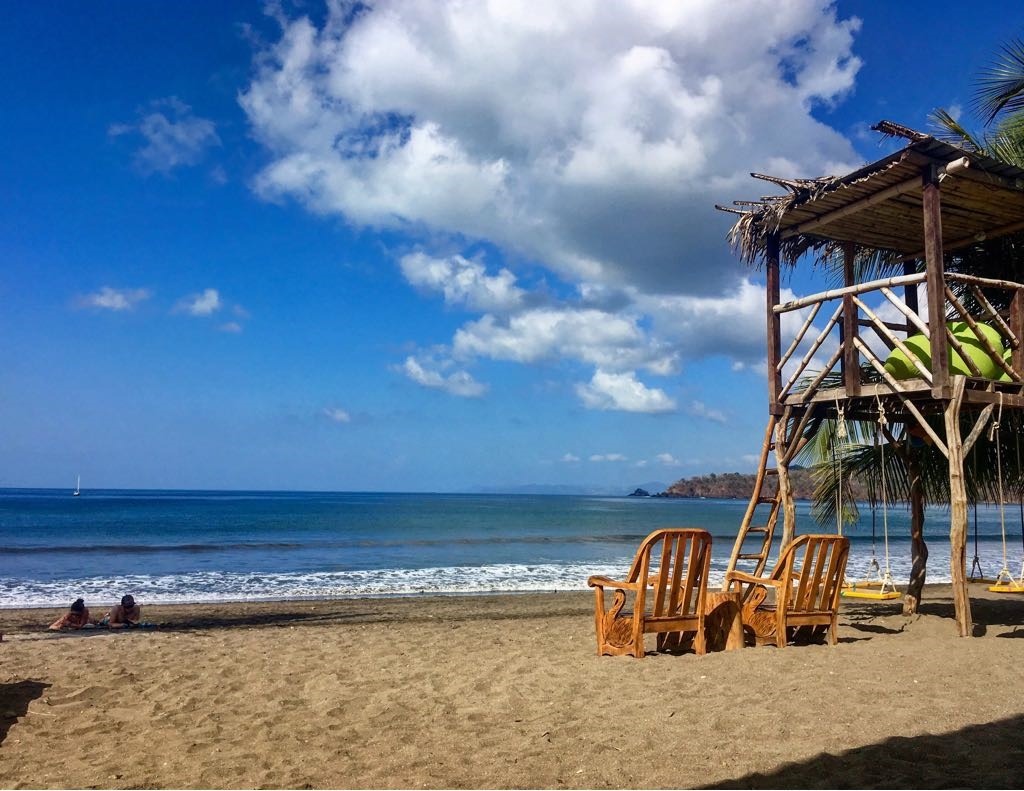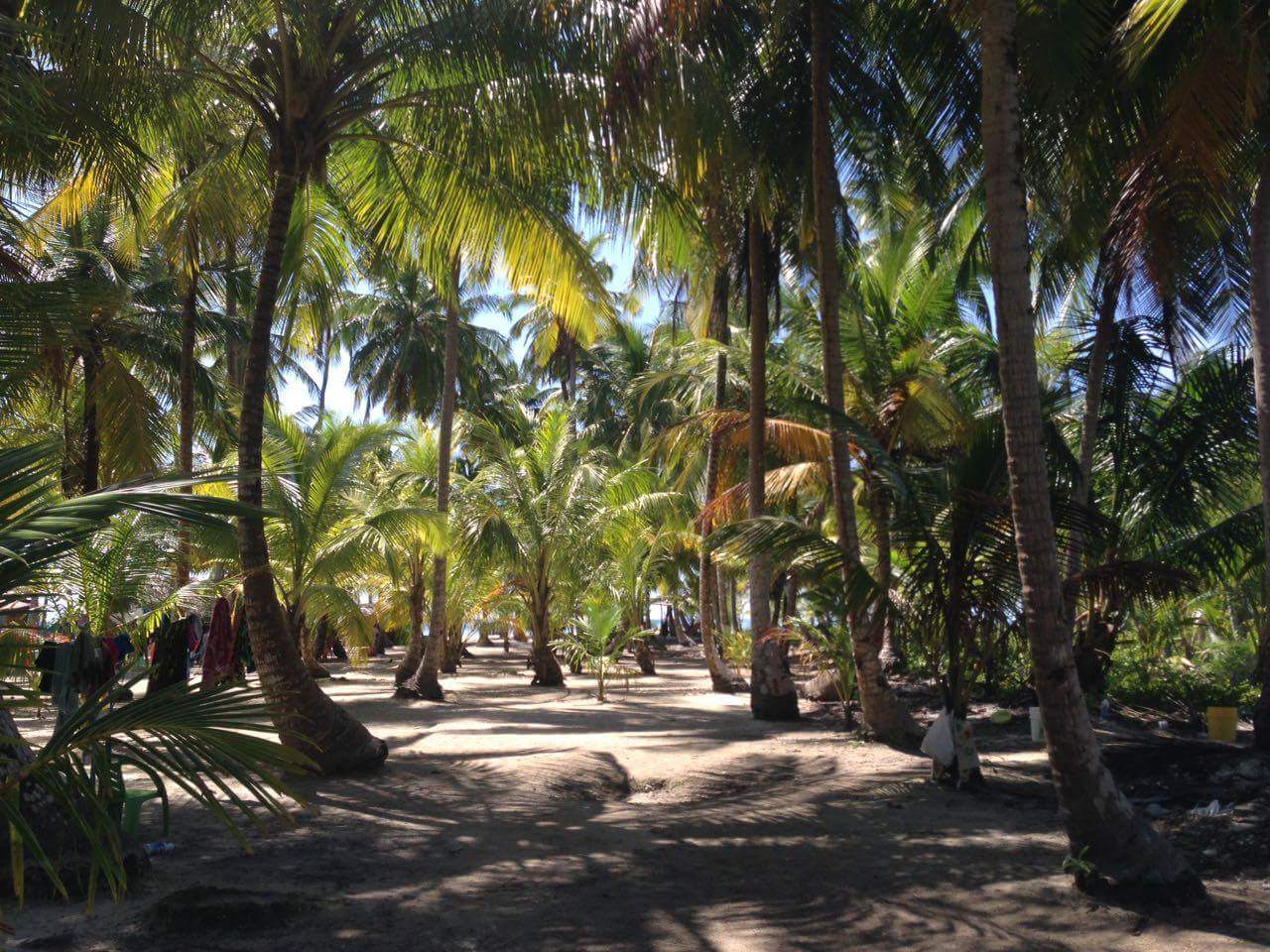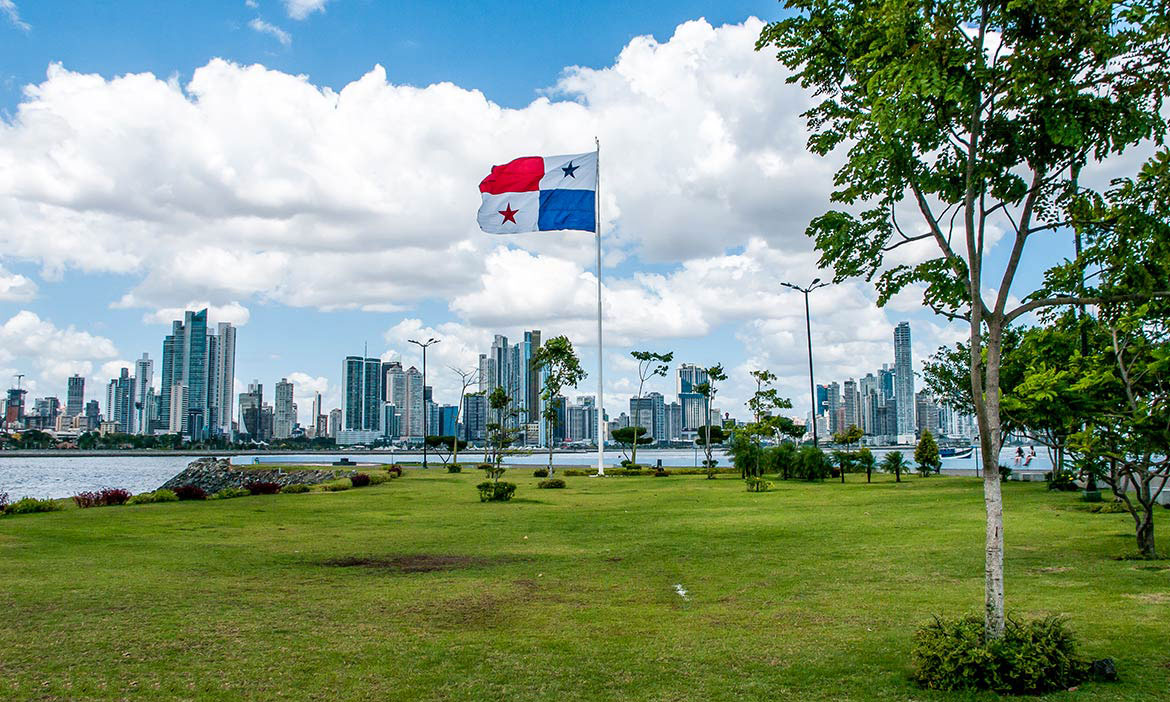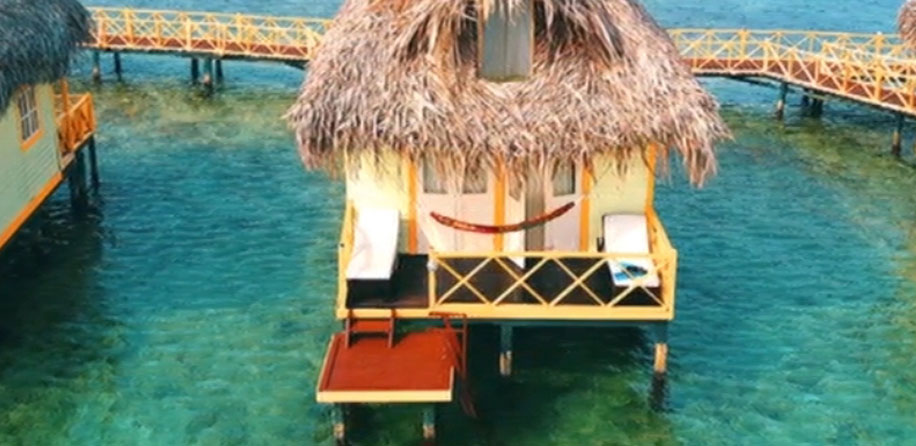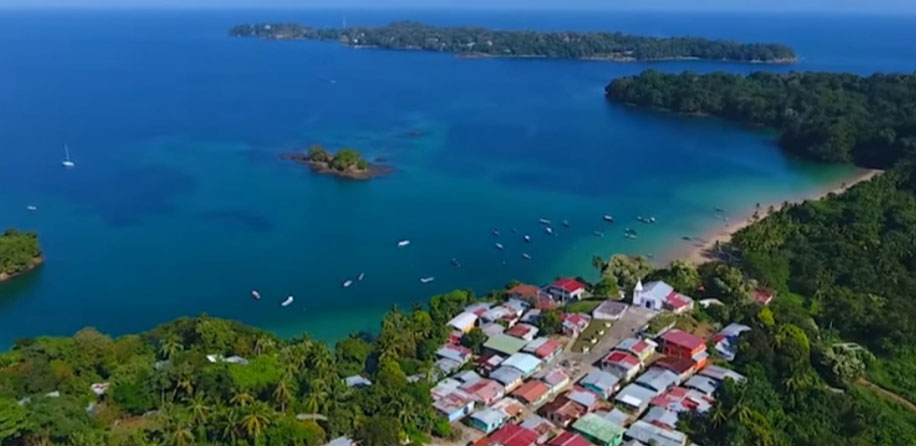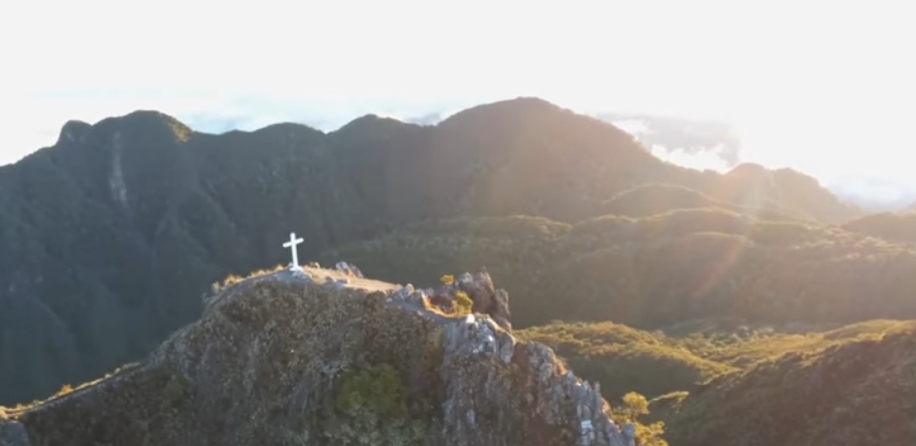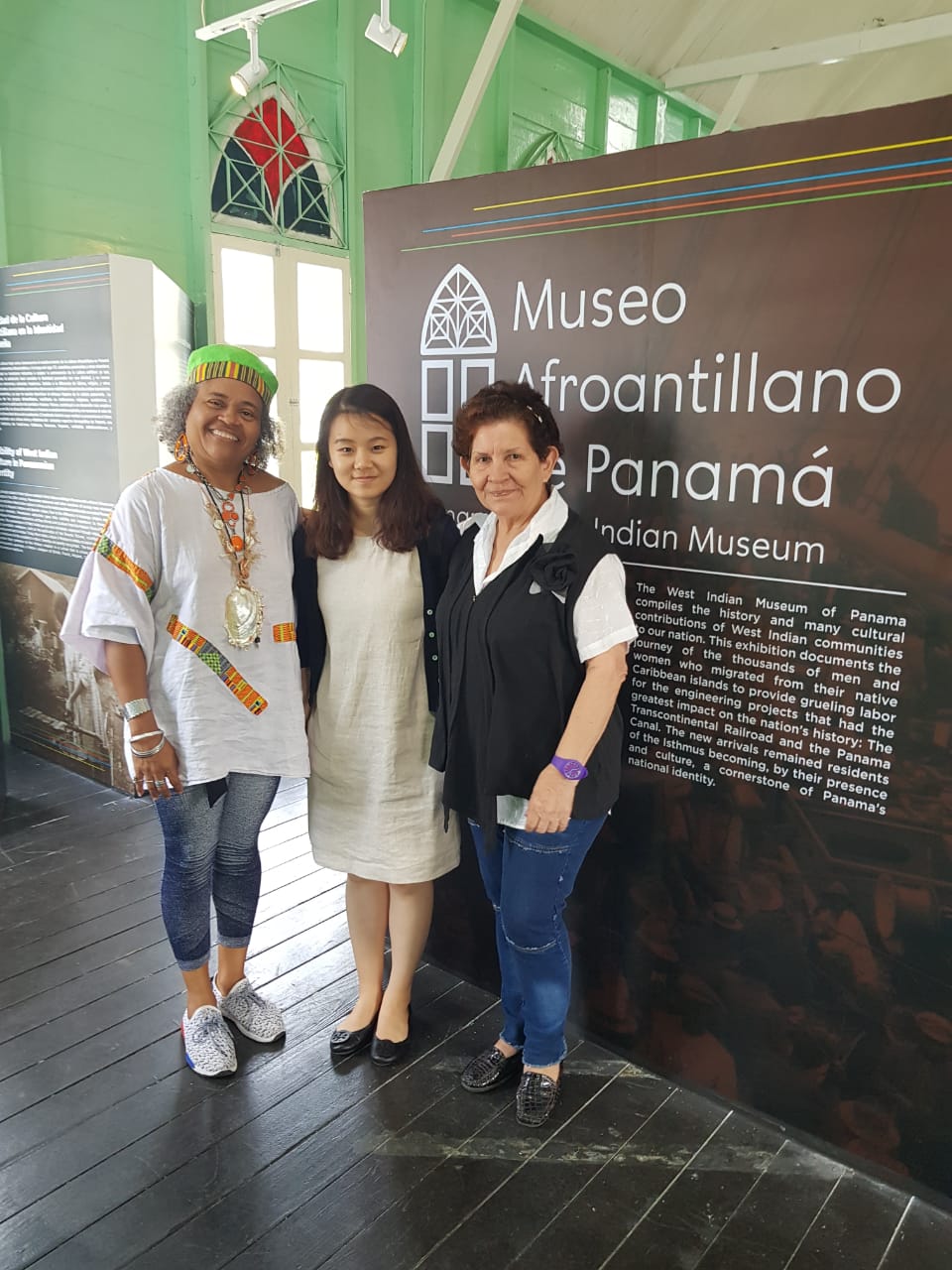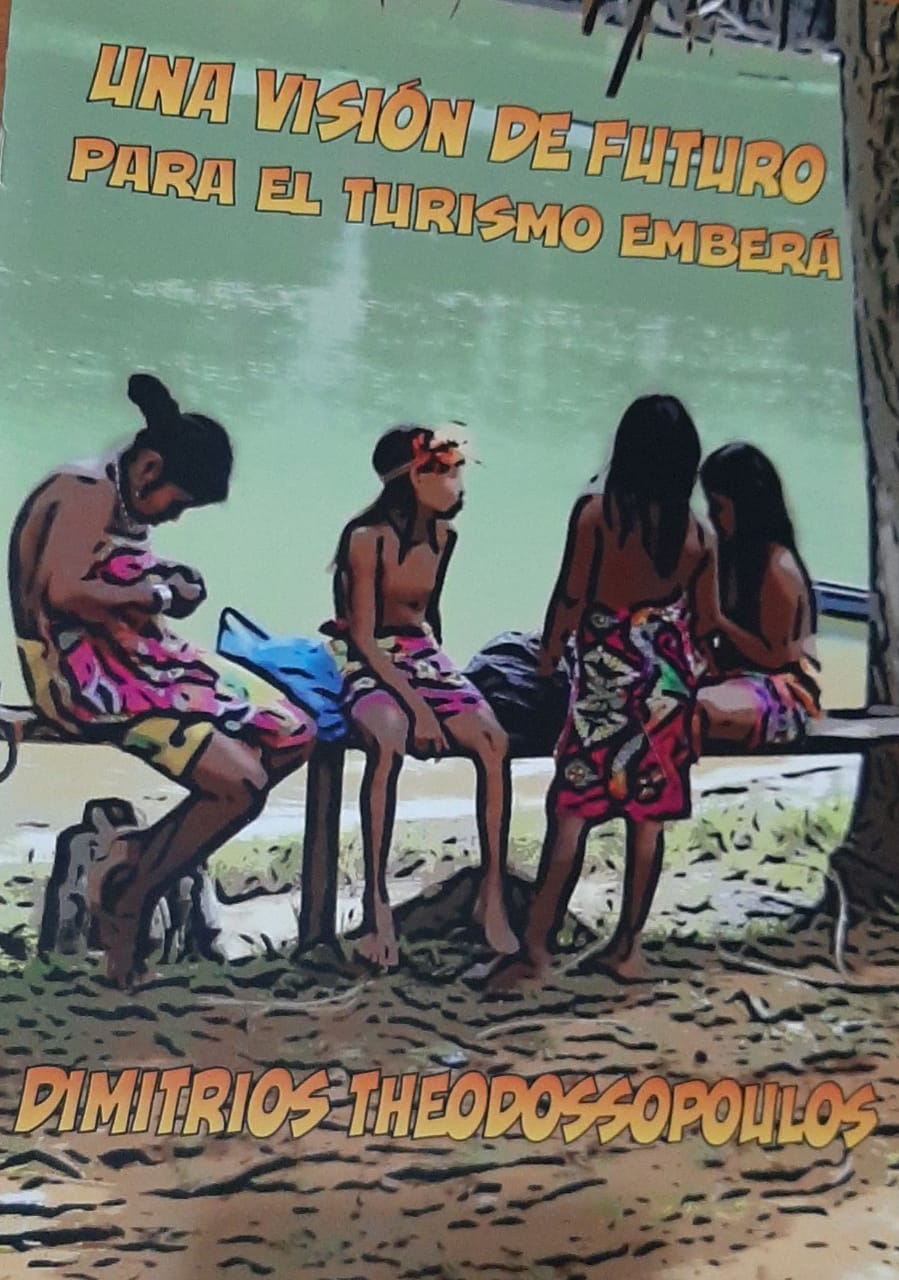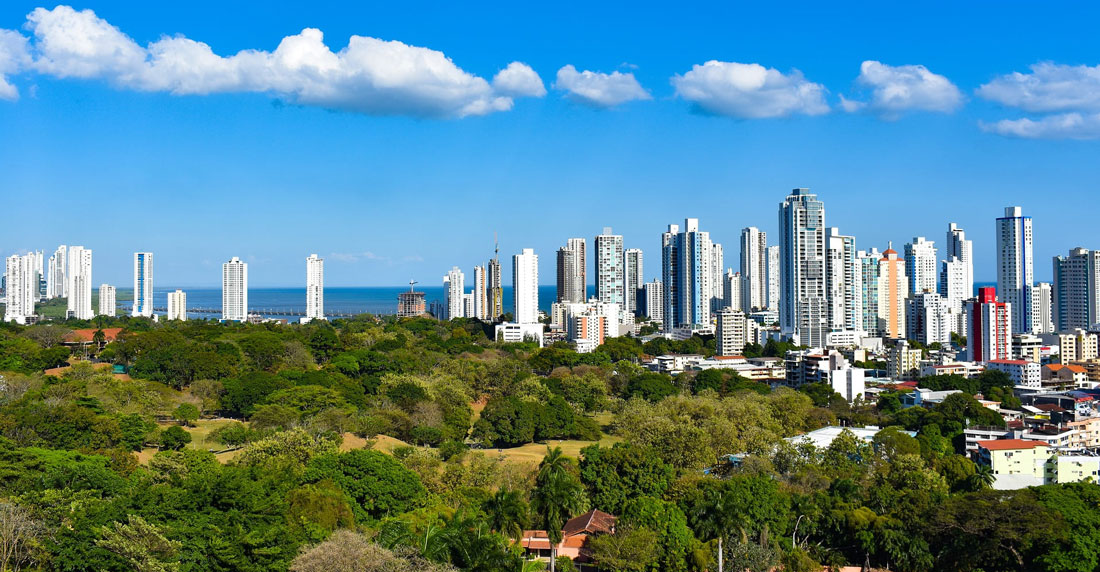The Republic of Panama is considered the happiest country in the world by the Gallup Poll of 2019.
And our students love Panama. Come see why!
Why Panama? It is still one of the best-kept travellers’ secrets in the world!
“Outstanding natural beauty, astounding biodiversity.” From Rough Guides travel book.
About The Republic of Panama
This small country of Panama has everything to offer:
- Good infrastructure and direct air connections from many cities in USA, Canada, Europe and Latin America.
- Good quality of life with all the services you need: hospitals, schools, universities, banks.
- Considered one of the most secure countries in the Americas. It has the Canal and no country would want to mess with this!
- Year around warm temperatures: tropical climate in the lowlands and comfortably cool in the highlands
- Free from hurricanes and tropical storms – there are no tornados, twisters, or wild weather conditions.
- Lots of Latin traditions: 7 different indigenous tribes, local festivities, regional artisanal products, great Carnival celebrations (see our blog article on national holidays in Panama), Pollera dress, and molas – a real cultural experience!
- Exceptional nature: rainforests and protected National parks – species of animals and birds you will not see anywhere else – unbeatable bird watching!
- Tropical beaches on two coasts, uninhabited islands, whale watching, coral reefs for snorkeling or scuba diving, and world renowned surfing spots. Some of the best ocean, lake and river fishing in the world.
The Audubon Society logs a world record with the most species of birds seen within a 24-hour period in Panama’s Gamboa.
“995 species of bird, more than in the whole of North America. Over half the country is still covered by dense tropical rainforest, and large areas are protected by a system of national parks and nature reserves.”
Provinces and regions
Bordered by Costa Rica to the west, Colombia to the southeast, the Caribbean to the north and the Pacific Ocean to the south, and the capital is Panama City. Panama is divided into ten provinces, with their respective local authorities (governors). and has a bit more than 75,000 sq miles, like South Carolina or Ireland. Also, there are five Comarcas (literally: “Shires”) populated by a variety of indigenous groups.
Provinces
- Bocas del Toro
- Chiriquí
- Coclé
- Colón
- Darién
- Herrera
- Los Santos
- Panamá
- West Panamá
- Veraguas
Regions
- Emberá
- Kuna Yala
- Ngöbe-Buglé Comarca
- Kuna de Madugandí
- Kuna de Wargandí
Panama: A bit of history…
Explored and settled by the Spanish in the 16th century, Panama broke with Spain in 1821 and joined a union of Nueva Granada, Ecuador, and Venezuela, named the Republic of Gran Colombia. When Gran Colombia dissolved in 1831, Panama and Nueva Granada remained joined. Nueva Granada later became the Republic of Colombia. With the backing of the United States, Panama seceded from Colombia in 1903, allowing the Panama Canal to be built by the U.S. Army Corps of Engineers between 1904 and 1914. In 1977, an agreement was signed for the complete transfer of the Canal from the United States to Panama by the end of the 20th Century.
Telephone: (+507) 213-3121 Email: info@spanishpanama.com
Demographics
Panama, the smallest Spanish-speaking Latin American country in terms of population, has a population of around 4.2 million. According to the CIA World Factbook the population is: Mestizo (mixed Amerindian and white) 70%, Amerindian and mixed (West Indian) 14%, White 10%, Amerindian 6%. The Amerindian population includes seven indigenous peoples: Ngäbe, Kuna (Guna), Emberá, Buglé, Wounaan, Naso Tjerdi (Teribe), and Bri Bri.
More than half the population lives in the Panama City–Colón metropolitan corridor, which spans several cities. Panama’s urban population is around 75%, making the country’s population the most urbanized in Central America.
The culture, customs, and language of the Panamanians are predominantly Caribbean and Spanish. Spanish is the official and dominant language. Most of the population speak Spanish as their first language, though many citizens speak both English and Spanish or indigenous languages. English is spoken by 14%, French by 4% and Arabic by 1%. The private educational system offers German, Portuguese and Italian.
Education in Panama
Originally, during the 16th century, education in Panama was provided by Jesuit priests. Public education, as a national and governmental institution, began only in 1903. The principles underlying this early education system were that children should receive different types of education in accordance with their social class and therefore the position they were expected to occupy in society. It is estimated that 94% of the population is literate.
Currency
The Panamanian currency is officially the Balboa, fixed at parity with the United States dollar since independence in 1903. In practice, however, the country uses U.S. dollars for all its paper currency and most of its coins.
Local names for Panama money in U.S. currency values: Real means nickel, Cuar means quarter, Peso means half-dollar, Balboa or “Martinelli” means one dollar.
Economy
The Panama Canal expansion project, combined with the conclusion of a free trade agreement with the United States, has boosted and extended economic expansion. Panama has an unemployment rate of around 7.1%. However, despite Panama’s status as an upper-middle income nation – as measured by per capita GDP – it remains a country of some contrasts. Perpetuated by dramatic educational disparities, 13.1% of Panama’s population live below the poverty line, and extreme poverty is at 5.2%. These statistics are taken prior to COVID-19, and the situation is expected to worsen due to the aftermath of the pandemic and severe lockdowns.
Panama’s economy, because of its key geographic location, is mainly based on a well developed service sector heavily weighted towards banking, commerce, tourism, and trading. Copper and gold deposits are being developed by foreign investors, to the dismay of some environmental groups, as all of the projects are located within protected areas.
Tourism
Tourism in the Republic of Panama went to zero due to Covid-19 but is expected to continually grow in the aftermath. Having Central America’s largest airport, and a government offered tax and price discounts for foreign guests and retirees, tourism in Panama should continue recovery. These economic incentives, as well as a number of other factors, has caused Panama to be regarded as a relatively good place to retire in the world.
Culture
The culture of Panama was derived from European music, art and traditions that were brought over by the Spanish. Hegemonic forces have created hybrid forms of this by blending African and Native American culture with European culture. Outside of Panama City, regional festivals take place throughout the year featuring local musicians and dancers. Another example of unique culture in Panama is all the artisanal, typical clothes and regional products everywhere.
Religion
Religion plays a very big part in most Panamanian people’s lives. 80% of the population are Roman Catholic and 10% Evangelical Protestant. There are also a number of other faiths practiced such as Judaism, Buddhism and Islam.
Politics
National elections are universal and mandatory for all citizens 18 years and older (although voter turn out is usually around 70-75%). National elections for the executive and legislative branches take place every five years. Panama’s politics take place in a framework of a presidential representative democratic republic, whereby the President of Panama is both head of state and head of government, and of a multi-party system. Executive power is exercised by the government. Legislative power is vested in both the government and the National Assembly.
Spanish Panama Language School in Panama City is your best choice for learning Spanish in Panama!
